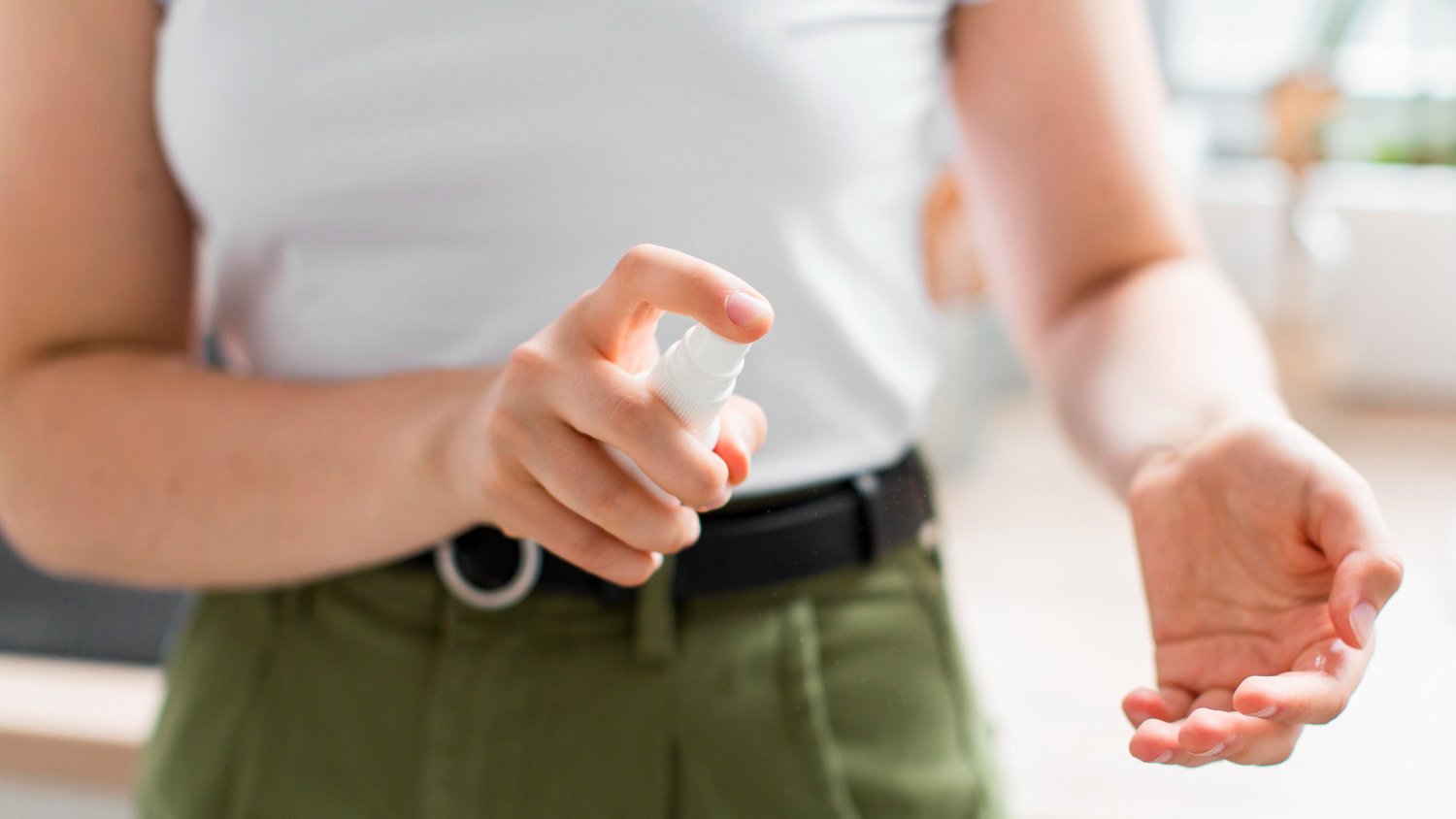Wounds are a part of life, and they can happen to anyone at any time. Whether it’s a small cut, a scrape, or a more serious injury, proper wound care is essential for preventing infections and promoting healing. One valuable tool in wound management is wound sprays. In this article, we’ll explore how to use wound sprays safely and effectively. This information is especially relevant for our fellow Singaporeans, so you can keep yourselves and your loved ones safe.
Understanding Wound Sprays
Wound sprays come in various types, each with a specific purpose:
1. Antiseptic Wound Sprays
These sprays are designed to kill bacteria and prevent infection. They are excellent for cleaning minor wounds.
2. Antibiotic Wound Sprays
Antibiotic sprays contain antibiotics that can help fight infection. They are often recommended for deeper wounds or those at a higher risk of infection.
3. Analgesic Wound Sprays
Analgesic sprays provide pain relief and may contain ingredients like lidocaine to numb the area temporarily. They can be useful for reducing discomfort during wound cleaning.
Common ingredients in wound sprays include hydrogen peroxide, iodine, benzalkonium chloride and octenidine. These ingredients serve various functions, such as killing bacteria, preventing further contamination, and promoting healing.

Safety Precautions Before Using Wound Sprays
Before you reach for that wound spray, here are some crucial safety precautions to keep in mind:
1. Assess the Wound
Take a good look at the wound’s size, depth, and severity. Some wounds may require more advanced medical attention, such as stitches or professional cleaning. If you’re unsure, it’s always best to consult a healthcare provider.
2. Check for Allergies
Some individuals may be sensitive or allergic to certain wound spray ingredients. Before using any wound spray, do a small patch test on a less sensitive area of your skin. If you experience any itching, redness, or swelling, avoid using the product.
3. Properly Clean the Wound Site
Before applying the wound spray, clean the wound gently with mild soap and water. Rinse it thoroughly to remove any debris or dirt. Pat the area dry with a clean cloth or sterile gauze.
4. Handwashing and Hygiene
Always wash your hands thoroughly with soap and water before and after treating a wound. This step helps prevent the spread of germs and maintains a sterile environment.
Steps for Proper Application
Now that you’ve taken the necessary precautions, let’s go over the steps for applying wound sprays safely:
1. Shake the Wound Spray Canister
Shake the canister as per the product’s instructions. This step ensures that the spray’s active ingredients are evenly distributed.
2. Maintain the Appropriate Distance
Hold the wound spray canister at the recommended distance from the wound, usually about 1 to 4 inches away. This distance ensures even coverage without causing discomfort.
3. Use Short, Controlled Bursts
Depress the nozzle gently to release the spray. Use short bursts to apply the spray rather than holding it down continuously. This approach prevents excessive spraying and conserves the product.
4. Avoid Excessive Spraying
Don’t overdo it. Applying too much wound spray can impede the wound’s natural healing process. Aim for a thin, even layer.
5. Cover the Wound If Needed
Depending on the wound’s location and size, you may need to cover it with a sterile bandage or dressing. This step protects the wound from further contamination and keeps it clean.

Post-Application Care
After applying the wound spray, it’s crucial to follow these post-application care steps:
1. Proper Disposal
Dispose of any used materials, such as used gauze or tissue, in a sealed plastic bag. This prevents the spread of germs.
2. Hand Hygiene
Wash your hands thoroughly with soap and water again after applying the wound spray and disposing of used materials. This step is essential to maintain a sterile environment.
3. Monitor the Wound
Keep a close eye on the wound for any signs of infection, such as increased redness, swelling, pus, or a foul odor. If you notice any of these symptoms, contact a healthcare professional promptly.
4. Follow-Up with a Healthcare Professional
For deeper or more severe wounds, or if you have any concerns about the wound’s healing progress, consult a healthcare provider. They can provide guidance on the best course of action and ensure the wound heals correctly.
Potential Risks and Side Effects
While wound sprays can be helpful, they also come with some potential risks and side effects:
1. Allergic Reactions
As mentioned earlier, some individuals may be allergic to certain wound spray ingredients. Always perform a patch test before using a new product.
2. Overuse or Misuse
Using wound sprays excessively or incorrectly can hinder the healing process. Follow the product’s instructions carefully and seek professional advice when in doubt.
3. Drug Interactions
If you are using prescription wound sprays or other medications, be aware of potential drug interactions. Consult your healthcare provider if you have any concerns.
4. When to Seek Immediate Medical Attention

Certain situations require immediate medical attention, including:
- Deep or puncture wounds
- Wounds with embedded debris or foreign objects
- Wounds caused by animal bites or human bites
- Signs of infection, such as increasing pain, redness, swelling, or fever
In such cases, do not rely solely on wound sprays. Seek medical help promptly.
Alternatives to Wound Sprays
While wound sprays can be effective, they are not always necessary. Some alternatives to wound sprays include:
1. Traditional Wound Cleaning and Dressing
Using mild soap and water to clean the wound and applying sterile dressings can be just as effective in many cases.
2. When Wound Sprays Are Most Appropriate
Wound sprays are most appropriate for minor cuts, scrapes, and abrasions. Deeper or more serious wounds may require more advanced wound care techniques and professional attention.
Conclusion
In conclusion, proper wound care is essential for everyone. When using wound sprays, following safety precautions and best practices is crucial for effective wound management. Remember to assess the wound, check for allergies, clean the wound site, and practice good hand hygiene. Follow the application steps, take care of the wound after applying the spray, and be aware of potential risks and side effects.
For our fellow Singaporeans, this information is meant to keep you informed and safe in your everyday lives. By using wound sprays correctly and seeking professional help when needed, you can ensure that your wounds heal properly and minimize the risk of complications. Stay safe and take care of your health!




